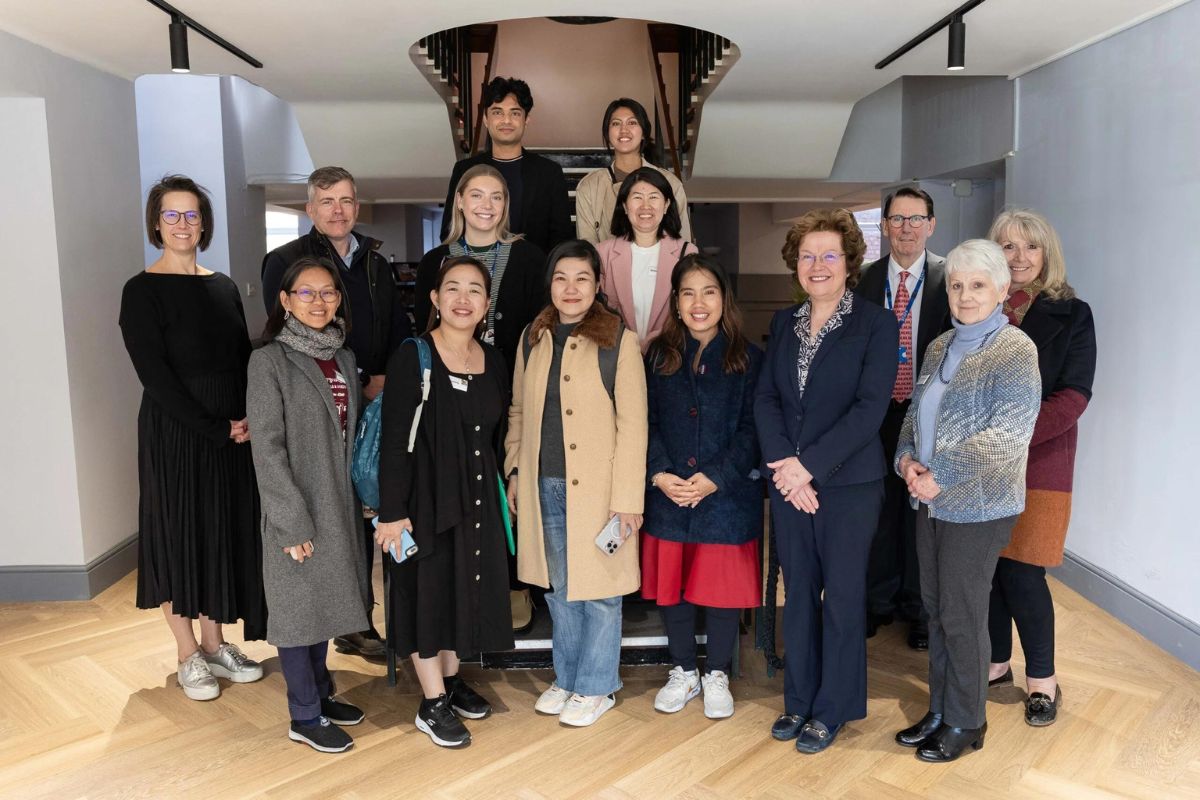A-Level results day: Tech gender gap shows no sign of shifting

With a record number of 18-year-olds applying for university this autumn, anticipation hangs in the air more than ever this A-Level results day. But, what do today’s results day teach us about the UK’s ability to meet future skills demands?
In the UK, tech roles now account for 14% of all job opportunities, up from 11% in 2019. With almost 15,000 tech jobs being created in the UK this year alone, equipping young people with the skills needed to bridge this gap is instrumental in supporting the country’s economic growth.
However, despite the skills crisis, the overall percentage of students taking STEM subjects has dropped marginally from 2021.
Skills gap, gender gap
It’s no secret that the technology industry has a gender gap. Today’s results reveal that this is set to continue, with female students’ STEM uptake has fallen at a quicker rate (decreasing by 0.7%, compared to 0.04% of males) – with significant decreases in ICT (14.0%), Maths (5.0%), Further Maths (6.1%) and Physics (2.7%). Male students also still significantly outweigh female students taking maths, further maths and physics.
Positively, there’s been a 15.8% increase in female students taking Computing in 2022. However, the percentage of girls taking Computing remains virtually unchanged this year (14.9% in 2022 vs 14.6% in 2021). Despite this, female students continue to thrive in the subject, with over half (56.2%) achieving either an A or A* grade
The A-level results represent an indicator of the talent pool created by UK higher education institutes, which feeds the talent pipeline.
“While the technology industry continues to grow rapidly, a diversity gap remains,” Agata Nowakowska, Area Vice President EMEA at Skillsoft, observes. “Currently, women make up just 17% of the UK tech sector, signalling little growth over the last decade. It’s disappointing to see that this trend is set to continue with this year’s A-Level results showing the percentage of girls taking maths, further maths and physics has decreased this year.
“There are so many programmes aimed at getting girls interested in these areas. However, we need to go further to challenge and eradicate the old-fashioned views that are still very much ingrained in the public consciousness. With over a quarter of female students saying they’ve been put off a career in technology as it’s too male-dominated, schools need to challenge this perception by offering female students opportunities to learn to code, build websites or use robotic toys.
“Businesses can help supplement these initiatives by showcasing female role models, organising technology-related events and work experience opportunities. With technology evolving at pace, and the skills crisis threatening future economic growth, investing in girls in STEM will enable organisations to open up a crucial talent pool. We must do more to encourage inclusion, business leaders can’t afford for interest in STEM to wane.”











Responses